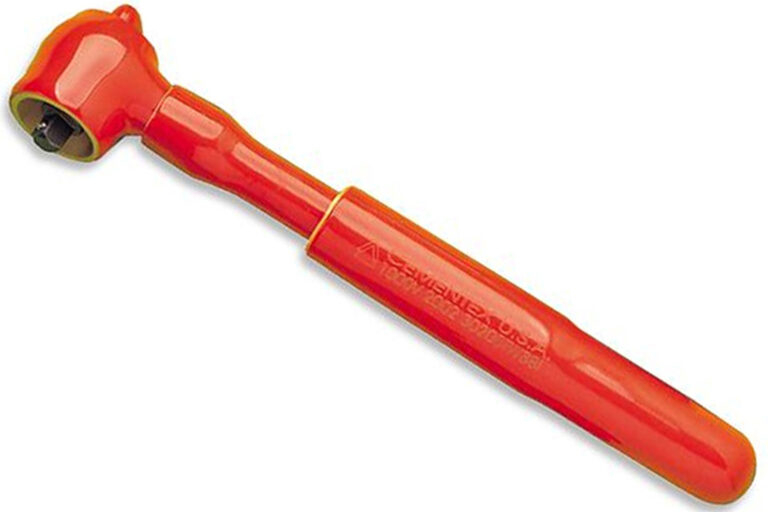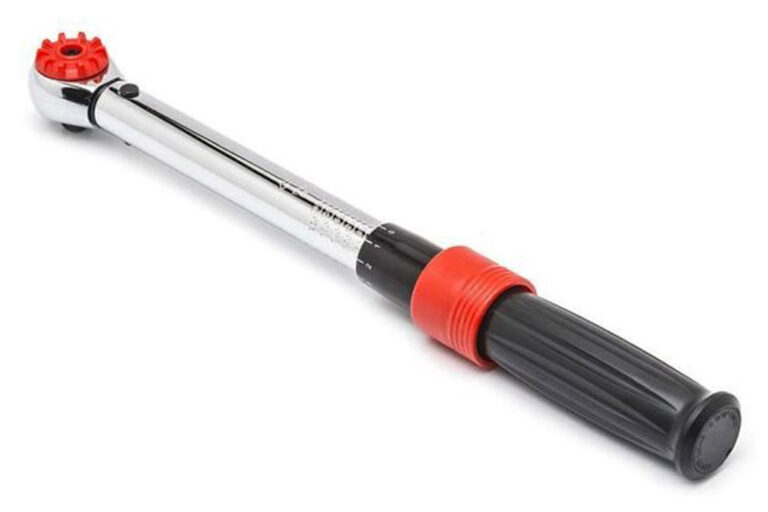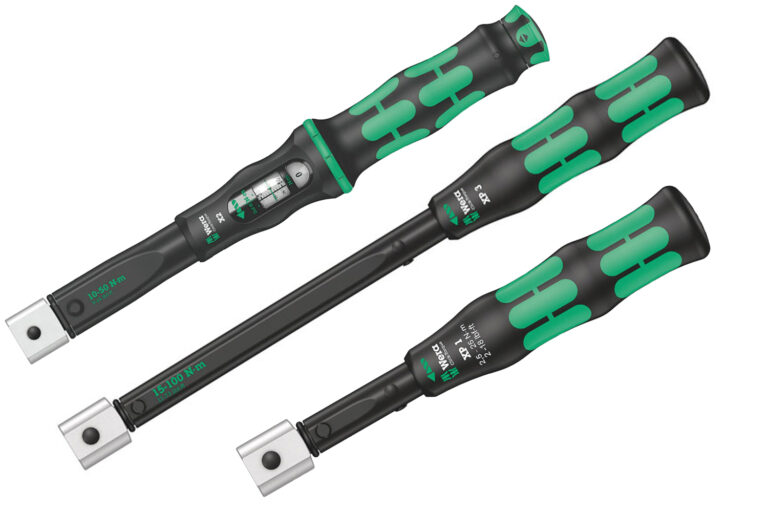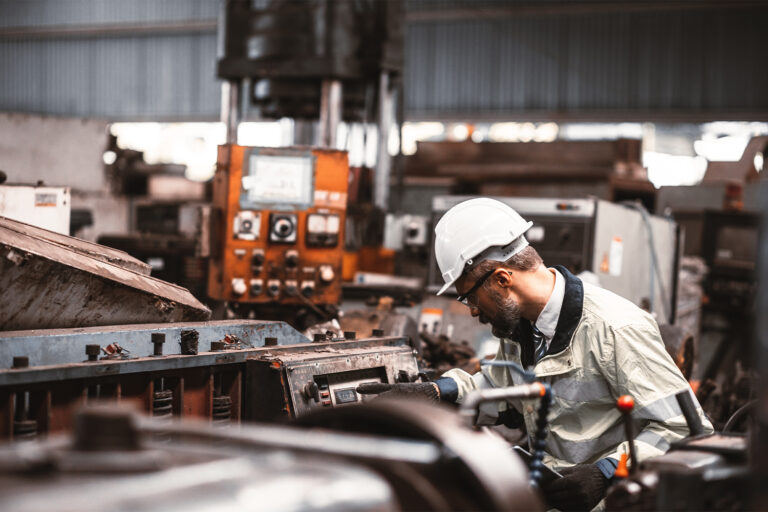
Why Torque Drift Happens — And Why It Matters
In high-volume manufacturing, precision maintenance, and quality-critical assembly, torque accuracy isn’t optional — it’s fundamental. Yet even the best torque tools experience drift over time.
As mechanical torque wrenches endure thousands of cycles, their internal components (springs, cams, ratchets) naturally wear. Calibration values shift. Clicks occur at slightly higher or lower torque than intended. At first, it’s subtle — but eventually, it can compromise product quality, safety, and compliance.
- Under-torqueing leads to loose fasteners, leaks, and structural failure.
- Over-torqueing risks thread stripping, part deformation, and long-term fatigue.
- Lack of calibration tracking makes quality control and audit compliance nearly impossible.
The result? Warranty claims, recalls, failed inspections — and avoidable rework.
The Solution: Durable Torque Tools + Built-In Calibration Support
To guard against torque drift, two things are essential:
- Tools designed for long-term mechanical consistency
- Factory-calibrated tools with traceable certificates at the time of purchase
Here’s how to keep torque drift from undermining your process.
Long-Life Torque Tools for Reliability Shift After Shift
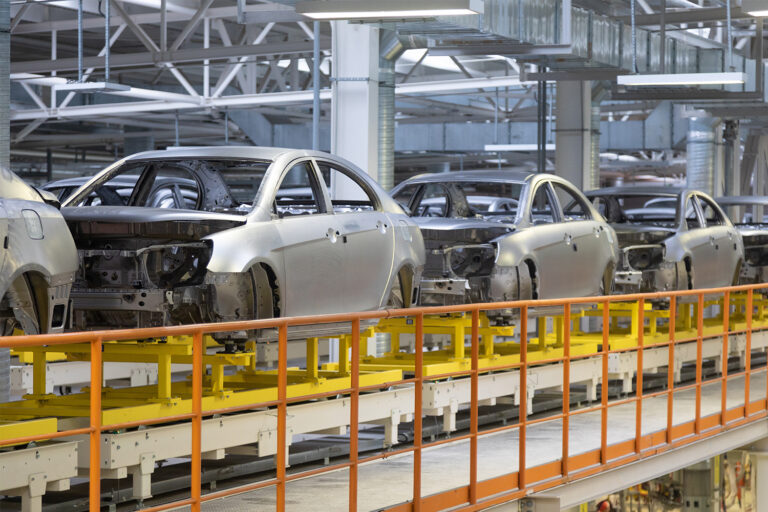
Some torque wrenches hold their calibration better than others. Build quality, material selection, and internal design all affect how quickly a tool drifts.
- Trusted for electrical and industrial use
- Dual-scale, click-style operation with excellent repeatability
- Durable internals built to hold calibration longer
- Industry-standard micrometer-style wrenches
- Affordable and rugged with ±4% accuracy
- Quick-adjust collar and visible dual-range scale
- Precision German engineering
- The XP series provides a tactile and audible “click” with every use
- Excellent for line-side use, especially where operator fatigue is a concern
Choosing rugged tools upfront reduces how often they require recalibration — helping reduce downtime and minimize the risk of tools going out of spec between checks.
Built-In Calibration: What to Expect When Ordering
While most torque tool providers don’t calibrate in-house, high-quality manufacturers ensure that each preset torque tool is fully calibrated before shipment.
Here’s what that process typically looks like:
- The manufacturer (e.g., Mountz, Cementex, Sturtevant Richmont) performs final calibration as part of tool assembly
- The product ships with a certificate of calibration, traceable to NIST standards
- The tool is delivered ready for use in ISO-compliant or regulated environments
This ensures:
- No delay waiting on post-purchase calibration
- Fewer surprises during audits or customer inspections
- Immediate implementation on the production line or in the field
What About Ongoing Recalibration?
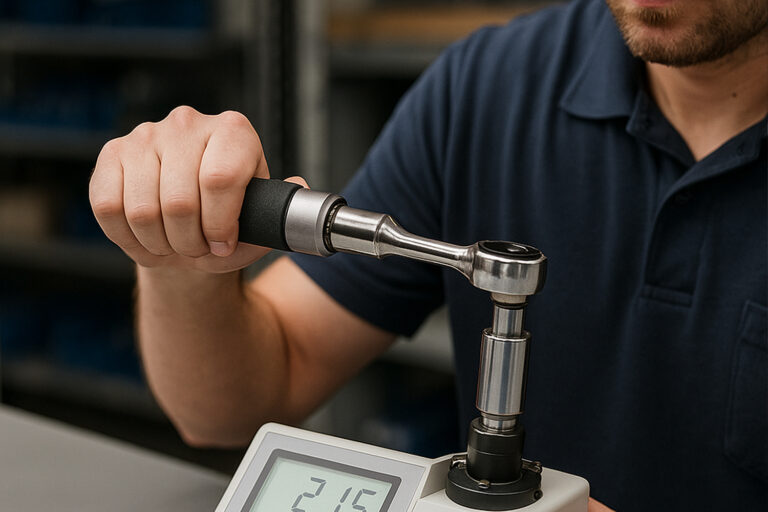
Even with a factory-calibrated start, torque tools require routine recalibration to ensure accuracy over time — especially in high-volume or high-cycle environments.
Best practices include:
- Maintaining internal tracking of calibration due dates based on time (e.g. 6–12 months) or cycle count (e.g. every 5,000 uses)
- Working with an ISO 17025-accredited calibration lab for verification and adjustment
- Following manufacturer guidelines to determine proper recalibration intervals
Some organizations choose to invest in in-house torque testers to monitor for drift and reduce tool downtime between certifications.
Why It Works
This two-part strategy — buy durable tools calibrated at the factory, and manage their calibration lifecycle — is the most cost-effective way to maintain torque accuracy across the board.
Benefits include:
- Longer periods between recalibrations
- Greater audit readiness and traceability
- Confidence that tools used today are delivering true values
- Reduced rework, waste, and inspection delays
Final Word: Stop Drift Before It Starts
Torque drift is a silent threat. It doesn’t make noise or flash an error — but it compromises every fastener it touches. In highly regulated and safety-focused industries, that kind of uncertainty is unacceptable.
By equipping your team with robust, factory-calibrated tools — and maintaining a disciplined recalibration plan — you gain the traceability and consistency needed to protect your product, your process, and your reputation.
Precision isn’t just about the first use — it’s about the 10,000th too.

